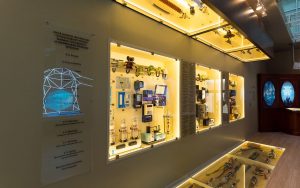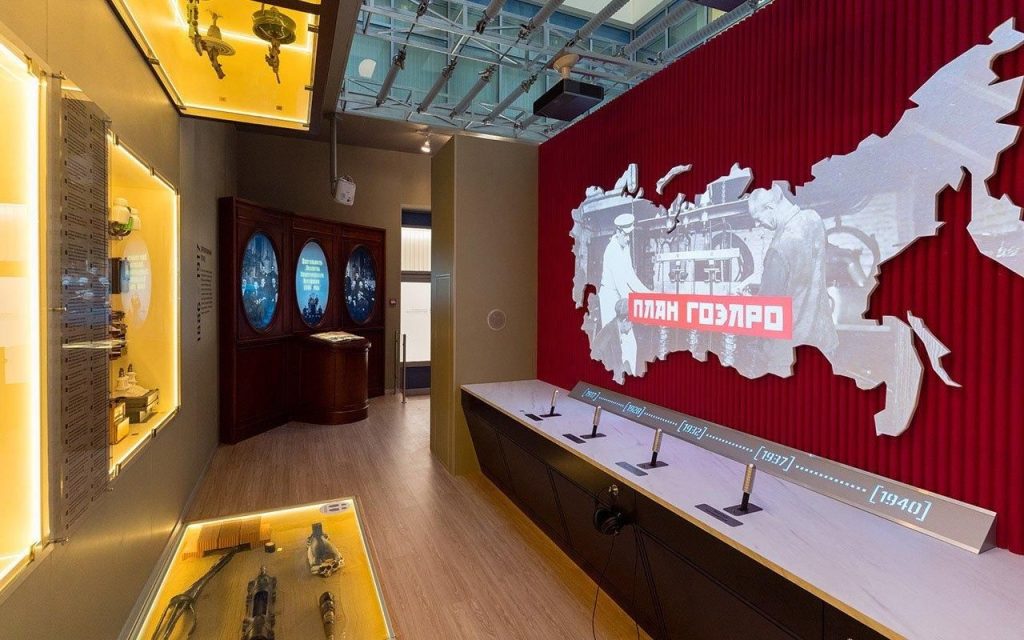Museum of the Development of Electric Networks in the Moscow Region

In 1942, under wartime conditions, Moscow power engineers implemented an important technological project – the first industrial high-voltage oil-filled low-pressure cable lines of 110 kV in the USSR (Cherkizovo-Izmailovo-1 and Cherkizovo-Izmailovo-2). The cable design included a multi-wire copper core with a cross-section of 120 mm2, an internal oil channel with a diameter of 12 mm, divided into sealed sections with a length of 900 m each and compensation tanks with transformer oil. The technical features made it possible to maintain an operating oil pressure of 0.2-0.5 atm, increase throughput by 15-20% compared to conventional cables and ensure stable operation at temperatures from -15°C to +50°C. The lines were successfully operated until 2003, after which they were replaced with modern cables insulated with cross-linked polyethylene. A historical sample of the cable (inv. No. 5) is presented in the permanent exhibition of the Museum of the Development of Electric Networks of the Moscow Region in 7B, Vavilova Street. The museum complex includes a historical section (1826-1920) about the first power plants in Moscow, the GOELRO hall (1920-1941), a military section (1941-1945), a post-war exposition (1946-1991) and the modern section (since 1991). The exhibition includes 42 pieces of original equipment, 78 scale models of power facilities, 3125 archival documents and photographs, as well as 15 interactive stands. The museum operates in the format of a corporate site of PJSC ROSSETI Moscow Region with the possibility of visiting by appointment, and thematic tours on the history of energy in the capital region are conducted for organized groups.
Address: Moscow, Vavilova St., 7B

